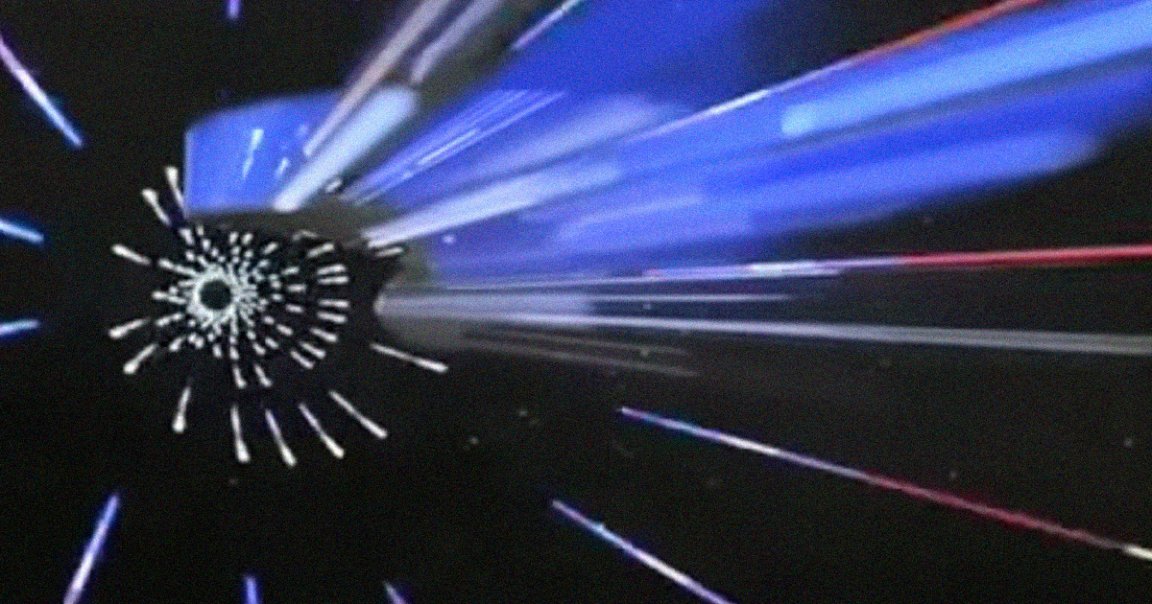
Full Speed Ahead
Warp drive is, arguably, the holy grail of space exploration. With a propulsion system capable of faster-than-light-speed travel, humanity could reach distant corners of the galaxy and beyond.
Unfortunately, warp drives have long been relegated to the realm of science fiction — but according to aerospace engineering professor Jason Cassibry, scientists are getting closer to cracking the physics of a warp drive straight out of “Star Trek.”
Enormous Progress
Cassibry teaches at the University of Alabama, Huntsville, where he advises undergraduate student Joseph Agnew, author of a recently published warp drive study that got the scientific world buzzing.
In a recent interview with Motherboard, Cassibry noted that “theoretical progress” toward building warp drives “has been enormous” thanks to the efforts of Agnew and other researchers.
First Steps
Theoretical progress is one thing, though — physically building a warp drive is another, and as Cassibry noted in his interview with Motherboard, scientists still have “a long way to go” before they reach that latter goal.
Still, the first step toward building anything is making it work on paper, and the increasing scientific interest in warp drives could lead to the creation of a system that actually lets us zip around space at a speed faster than light. Some day, anyway.
READ MORE: This Student Is One of the Top Scientists Studying Faster-Than-Light Warp Drives [Motherboard]
More on warp drive: The US Secretly Funded Research on UFOs, Wormholes, and Warp Drives